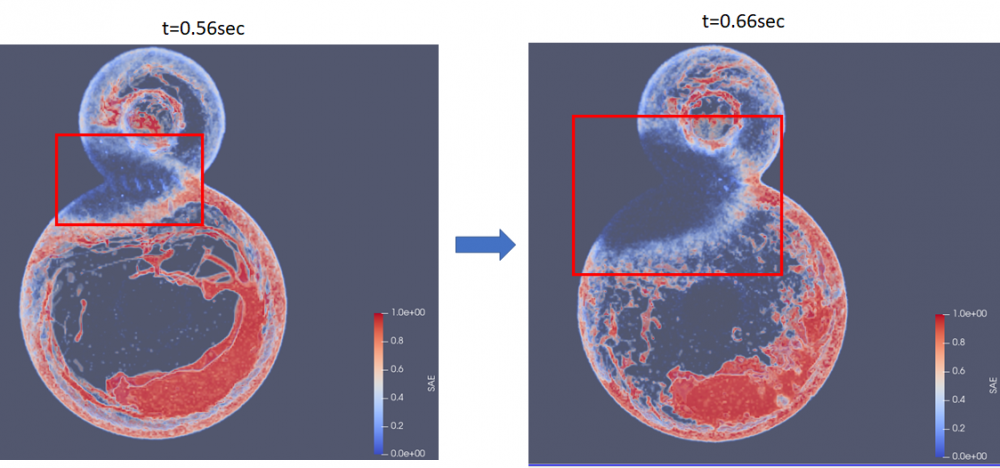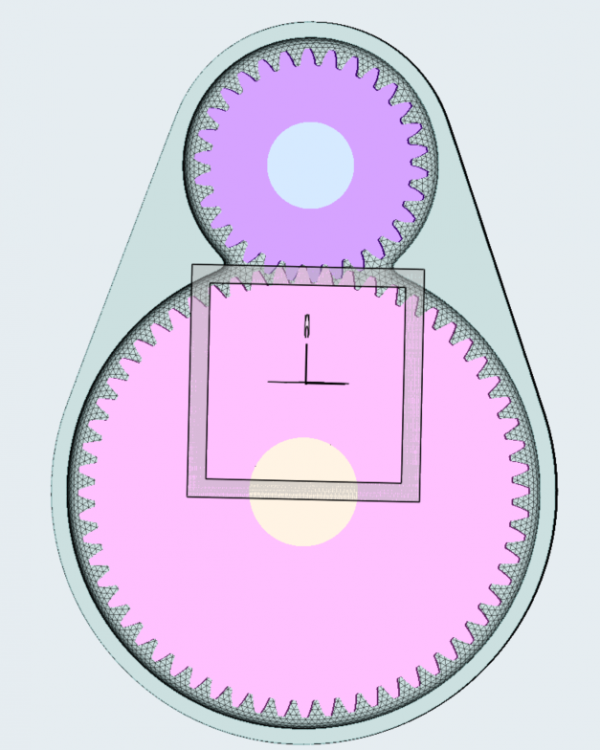Hello everyone,
i am doing gearbox simulations with two gears with NanoFluidX. Now i am troubeling with the results of my simulations.
In the tooth contact of the two gears it comes to local high pressures and in cause to local high velocitys during the simulation. By this is caused an instability around the tooth contact which blows away all the particles, as you can see (the gears are not visualised, in the attachment you can see a section view of the gearbox).
<?xml version="1.0" encoding="UTF-8"?>
I think this appears because the particles are compressed very high or is there another reason?
Is it possible to cut of pressures above a certain value to eliminate these compressions?
I have also attachted the .cfg file of my simulation.
Thanks a lot!!
<?xml version="1.0" encoding="UTF-8"?>
Unable to find an attachment - read this blog